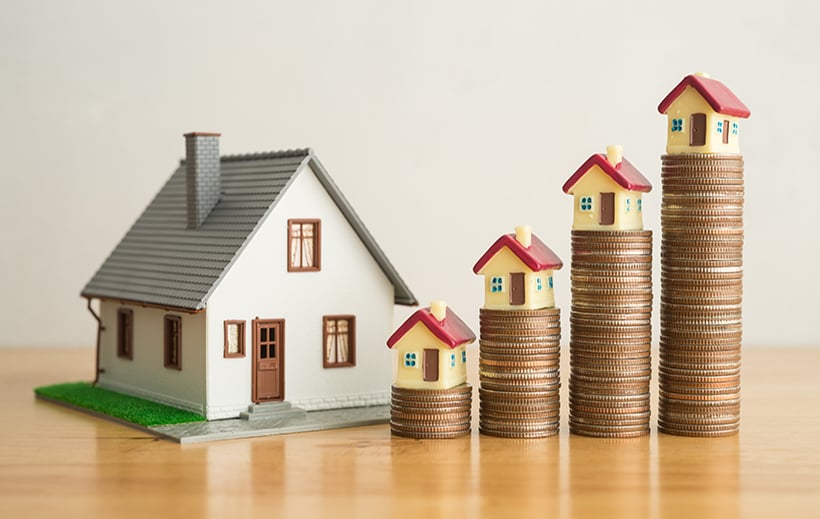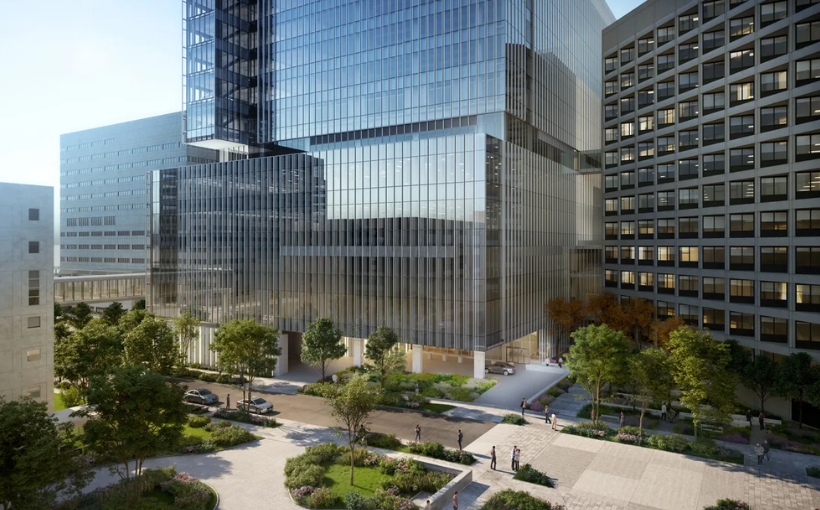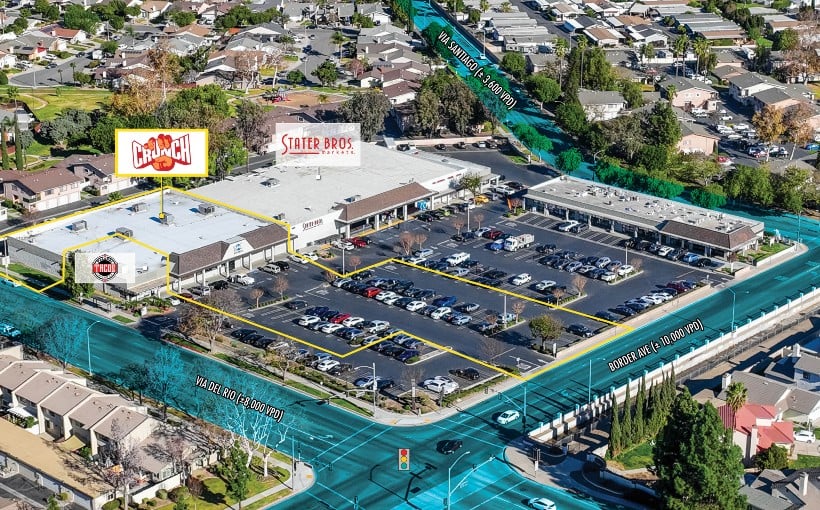The Federal Reserve is expected to decrease the Effective Federal Funds Rate (EFFR) during its upcoming meeting in mid-September. While there are doubts that this small cut will significantly lower current single-family housing mortgage rates, it has raised questions about the potential impact on interest rates.
John Chang, Senior Vice President and National Director of Research and Advisory Services at Marcus & Millichap, does not anticipate a sudden surge of homebuyers entering the market. In a recent video, Chang shared his insights on trends in single-family housing and how they may affect commercial real estate.
Previous Trends
As recently as 2020, the EFFR was between 1% to 2%, while 30-year fixed mortgage rates were around 3%. This low cost of borrowing led to an increase in demand for homes which drove up prices. “In January of last year,” said Chang, “the median home price in the U.S. was approximately $283k; by December it had risen to $378k.”
However, with inflation rising rapidly and significant increases made by Fed towards EFFR , there were expectations that interest rates would rise even further causing a decline in home sales activity along with lower prices.
Chang disagreed with this theory for two reasons:
Homeowner lock-in effect: Few homeowners want to sell their homes when they have locked-in low-interest mortgages if they have no choice but buy another house at higher interest rate levels (6%-7%). As such used houses became scarce while construction slowed down too.
Housing shortage: Despite adding around one million new units per year since then we still face an acute shortage ranging from three-and-a-half million – five million units.” The situation hasn’t improved much over time,” he added,
And indeed according data from mid-2024 shows median house price hitting $412K which supports John’s theories .
Current Scenario
Accordingly Change believes these factors won’t lead into a significant decline in single-family housing prices anytime soon. He also added that pent-up demand for housing “will continue to put upward pressure on home prices.” The ongoing increase in home values combined with consistently high mortgage rates (which are not expected to decrease significantly) has created the widest gap between homeownership and renting affordability.
Impact on Commercial Real Estate
Multifamily: As mentioned earlier, buying a house is expensive while renting an apartment or house is comparatively cheaper. Chang said that as of Q2 2021, monthly rent was $1300 less than the median monthly payment for owning homes which will further strengthen rental demand.
Retail: Another factor driving up the demand for houses is increased household formation. According to Chang around 4.4 million people will turn 22 every year over next five years leading into more households being formed which means more goods like furniture and appliances would be required by these new households thus boosting retail sales especially segments like soft goods etc.,
Industrial & Self-Storage : Stronger retail sales mean higher industrial space requirements such as warehouses and logistics centers along with self-storage spaces too due increasing number of newly formed households .
Chang concluded by saying all this could change depending upon economic conditions but if economy remains strong then commercial real estate demands should rise . However there are many variables at play here so it’s difficult predict what might happen exactly .




